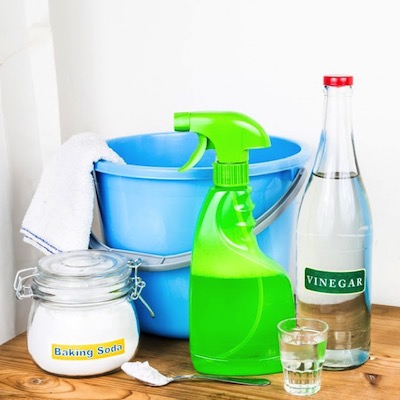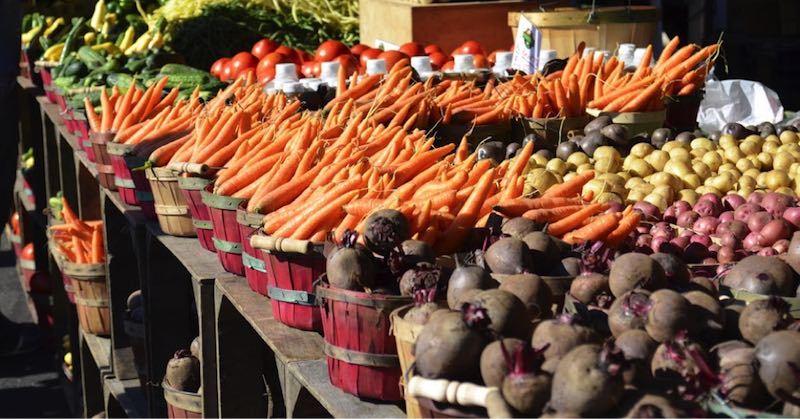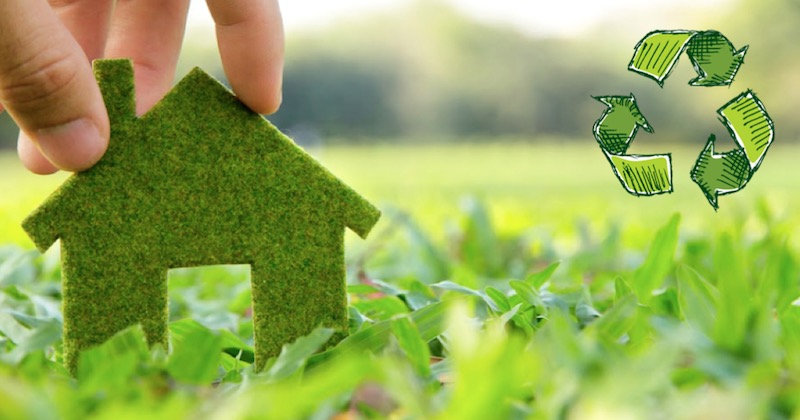How To Go Green At Home To Save The Environment And Money
Last updated on
Making the decision to live a greener life is a fairly straightforward process, but did you know that an environmentally friendly lifestyle can both help the environment and save you money at the same time?
Green living is the way of the future and that everyone can make a difference to our planet with just a few simple changes at home. Here are our top tips for going green at home, saving you both energy and money.
How To Go Green At Home To Save The Environment And Money
1. Choose Organic
One of the easiest ways to adopt a greener lifestyle is by choosing organic food products whenever possible. Organic food is grown naturally, free from toxic chemicals and pesticides, and is actually not as expensive as many people think.
Support your local economy by shopping locally. This way, you can get the best deals and support sustainable farming practices where you live, while also choosing healthier options over the traditionally farmed produce found in supermarkets.
If you do all of these things already and want to up your game, why not start growing your own, all-organic produce and further lower your carbon footprint?
2. Go All Natural

While many people think that all natural brands cost more and opt for the cheaper, more convenient option, it’s important to recognize that convenience doesn’t always equal savings.
By making your own products in bulk, you can save yourself money and further enhance your green lifestyle.
If you’re particularly fond of making your own household products and toiletries, consider starting up your own small business or swapping your wares with family and friends to get a little back in return for all your hard work.
3. Reduce, Reuse, Recycle
The old adage still rings true, especially for this hyper eco-conscious generation. Reducing consumption is the first and most natural step towards having a greener home, but reusing and recycling are equally important.
Make your recycling fun and trendy by upcycling old and unloved items throughout your home and turning them into something new and beautiful. Traditional recycling is great, too, of course, but who doesn’t love a DIY project?
4. Enter The 21st Century
The Internet of Things is all about saving time, money, energy, and—ultimately—the environment through smart technology. Invest in a few of these now fairly mainstream smart devices that link up to your home’s Internet connection in order to monitor, adjust, and notify you of anything that might be going wrong in your home.
Choose from a variety of thermostats, CO2/smoke detectors, security systems, and appliances, all of which can all be connected to smartphone/tablet applications and are accessible anywhere. The initial cost of these increasingly popular (and therefore increasingly affordable) devices is outweighed by the savings accrued over a very short amount of time, meaning you will see both energy and monetary savings almost instantly.
5. Take The Leap Into Renewable Energy
If you’re truly committed to your eco-friendly goals, then now might be the time to take the leap into renewable energy in your home. Solar panels, or photovoltaics (PVs for short), are more popular now than ever for homeowners.
Technology is advancing at an alarming rate, making materials and installation costs lower than ever as well. That said, you won’t save money right away, or even in a year or two. If you’re in it for the long haul and really want to make a difference to the environment, however, PVs are worth their weight in gold—or energy.
6. Conserve Water
While most homeowners are concerned with electricity bills and grid based energy usage, those of us who live in areas where droughts and water shortages aren’t a factor, rarely think about how much water we use and its contribution to our bills.
Making simple switches throughout the home can save significant amounts of water without affecting your day-to-day life negatively at all.
Low flow faucets are easy to purchase and install, and they decrease water usage by up to 40% compared to older faucet aerators. Low flush toilets and low flow shower heads decrease water usage as well.
As far as your backyard is concerned, use rainwater storage instead of hoses when watering plants and completing other outdoor tasks to maximize your savings.
Author:
Kaitlin Krull is a writer and mom of two girls living the expat life in the UK. She enjoys writing for Modernize.com with the goal of empowering homeowners with the expert guidance and educational tools they need to take on eco-friendly home projects with confidence.
Some of the links I post on this site are affiliate links. If you go through them to make a purchase, I will earn a small commission (at no additional cost to you). However, note that I’m recommending these products because of their quality and that I have good experience using them, not because of the commission to be made.
Comments
Leave a Reply





































 JOIN OVER
JOIN OVER
Would like to read the article again on *Traditional medicine’s face map reveals*